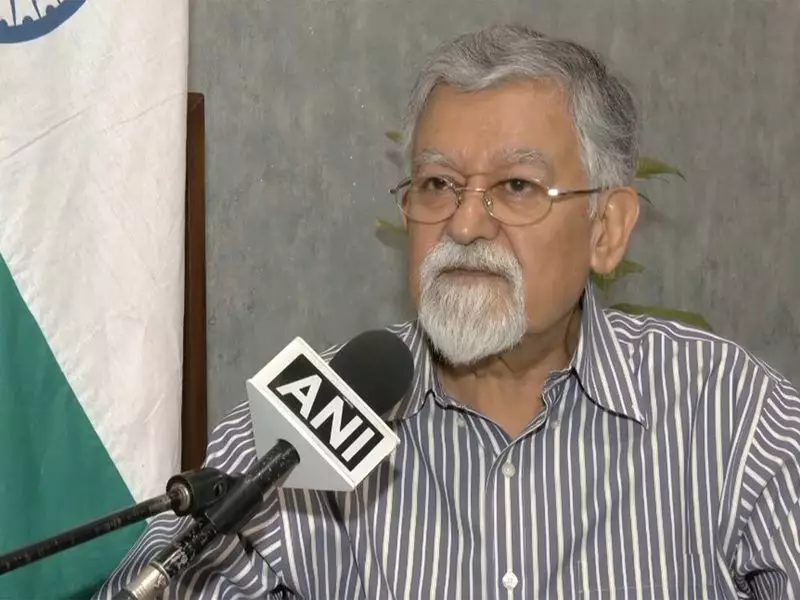
India is charting an ambitious dual-path strategy to secure its position in the global rare earth metals landscape, according to groundbreaking revelations from NITI Aayog's distinguished member, Dr. Arvind Virmani. This strategic blueprint aims to transform India into a significant player in the critical minerals sector that powers everything from smartphones to electric vehicles.
The Global Race for Critical Minerals
Rare earth metals have emerged as the cornerstone of modern technology and green energy transitions. These seventeen elements, though relatively abundant in Earth's crust, are challenging to extract and process economically. Their strategic importance cannot be overstated - they're essential for manufacturing wind turbines, electric vehicle batteries, smartphones, and advanced defense systems.
Dr. Virmani emphasized that "the global competition for these resources has intensified dramatically" as nations recognize their critical role in technological sovereignty and economic security.
India's Two-Pronged Approach
The dual strategy outlined by Dr. Virmani represents a comprehensive approach to mineral security:
- International Collaboration: Forging strategic partnerships with mineral-rich nations to ensure stable supply chains
- Domestic Capacity Building: Developing indigenous capabilities in exploration, extraction, and processing technologies
This approach recognizes that no single nation can achieve complete self-sufficiency in rare earth metals, given their geographically concentrated production and complex processing requirements.
Breaking China's Dominance
Currently, China controls approximately 60-70% of global rare earth production and an even larger share of processing capabilities. This concentration creates significant supply chain vulnerabilities for importing nations, including India.
Dr. Virmani's strategy aims to diversify supply sources while simultaneously building India's domestic capabilities. "We cannot afford to be dependent on a single source for materials that are fundamental to our technological future and national security," he stressed.
The Economic Imperative
The global rare earth market is projected to grow exponentially, driven by the worldwide shift toward renewable energy and digital transformation. India's manufacturing ambitions and green energy targets make securing these materials an economic necessity rather than just a strategic choice.
As Dr. Virmani pointed out, "Our ability to compete in high-tech manufacturing and clean energy sectors directly depends on our access to these critical minerals."
Future Outlook and Opportunities
India's dual strategy positions the country to not only secure its own supply but potentially become a significant player in the global rare earth ecosystem. The approach combines:
- Diplomatic efforts to secure international partnerships
- Investment in research and development for extraction technologies
- Policy frameworks to encourage domestic exploration
- Building processing capabilities to add value within India
This comprehensive framework could transform India from a passive consumer to an active participant in the global rare earth value chain, creating new economic opportunities while enhancing national security.





